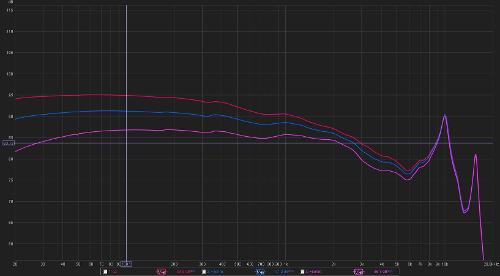Arty McGhee
500+ Head-Fier
- Joined
- Apr 14, 2014
- Posts
- 949
- Likes
- 211
Sorry, but you people are wrong. Different types of cables can sound different. You may not be able to measure this, but you can hear it.
there' a dude name 'a james randi give you a million dollars ifn' you can prove it
So are you saying wire purity doesn't affect sound quality?
what are these impurities, do they have a chemical formula ?
copper is a pure element copper is copper at a molecular level







